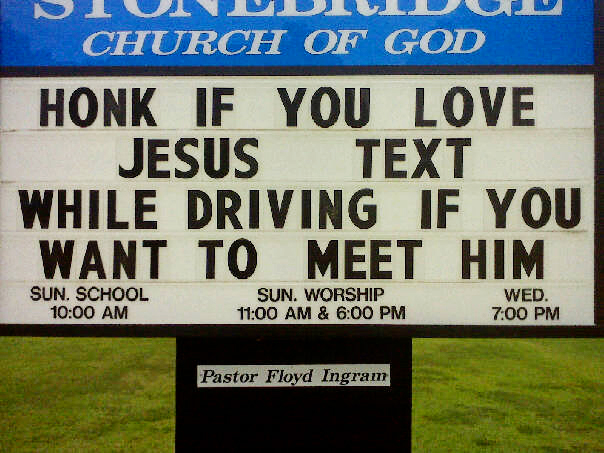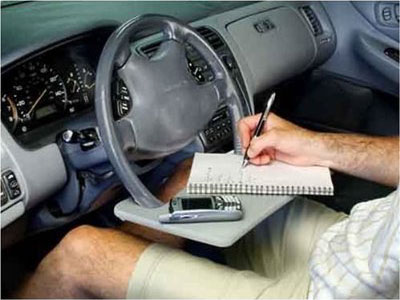New Carlisle isn’t usually the first place lawmakers go to gather data on potential new ordinances, but that may be changing.
On Tuesday New Carlisle was selected by the state of Ohio as the grounds for a new texting and driving test program. Set for a November rollout, the program will allow drivers who live in New Carlisle to apply for a license that will allow them to text message, email, and play games on mobile devices while driving.
Currently drivers under 18 years of age are banned entirely from using mobile devices while driving, while adults may make phone calls, but may not text or use email behind the wheel. For adults the violation is not considered a primary violation, meaning a driver must be pulled over for another violation in order for a citation to be issued for distracted driving. A law is currently making its way through state legislature that would make distracted driving a primary offense for adults as well, as studies have shown that adults are merely teenagers who have lived on earth longer. The penalty for texting and driving is a minor misdemeanor and up to a $150 fine.
“New Carlisle was the perfect choice for a number of reasons,” said Terry McMurtry of the Ohio Bureau of Motor Vehicles. “We need to start these tests with a low-risk city, and New Carlisle is one of the safest driving cities in the state. No one-way roads, only a few stoplights, and low speed limits are all conducive to creating an environment where people can try out texting and driving privileges without the likelihood of causing serious injury or fatalities.”
McMurtry said administrative details are still being worked out, but he went on to outline the process for enrollment that will open in November.
“The first step will be for drivers to go to the New Carlisle BMV with a copy of their driver’s license, registration, and valid insurance information. Once there an application will need to be filed, and among those qualifying for the program a written test will need to be passed. After that a provisional license for texting and driving will be approved,” explained McMurtry. He went on to explain that drivers will receive applications for the program by mail in October.

House Transportation Committee members are hoping that by issuing licenses to drivers capable of texting and driving will keep thousands of drivers from meeting Jesus Christ earlier than expected.
The test period is 90 days, which officials say should be enough time to determine if people can handle the multitasking of using a smartphone or tablet while driving. “Our hope is that driving tests will ultimately include a texting exam where the evaluator has the driver send a series of text messages while driving, all while continuing to monitor the driver’s ability to follow standard traffic laws,” said Marilyn Wendell of the House Transportation Committee. “Along with pre-screening and the written evaluation, this would be a comprehensive method of determining who can handle this responsibility.”
According to Wendell, other facets of the driving test could include checking texts and emails for punctuation and typographical errors and testing drivers’ ability to play Candy Crush Saga and Clash of Clans while driving.
“If a driver can follow all the traffic rules and still beat a level on Candy Crush without buying any boosts then they deserve to do that legally,” continued Wendell.
Both Wendell and McMurtry see this is a first step toward turning commute time into productivity time for workers and students. Both see sweeping changes coming to the driving experience for Americans.
“Imagine being able to catch up on homework while driving, or being able to do graphic design from a dash-mounted laptop computer. This is just the first step,” said Wendell.
McMurtry continued: “People eat, do makeup, answer calls, text, email, and play games while driving. We think that if someone can demonstrate that they can do those things safely then we should look at what else people can do. Like pet grooming, TV/VCR repair, blogging, vlogging, whittling sticks, knitting sweaters… the possibilities are literally endless.”
Be on the lookout for your application in the mail in October.

